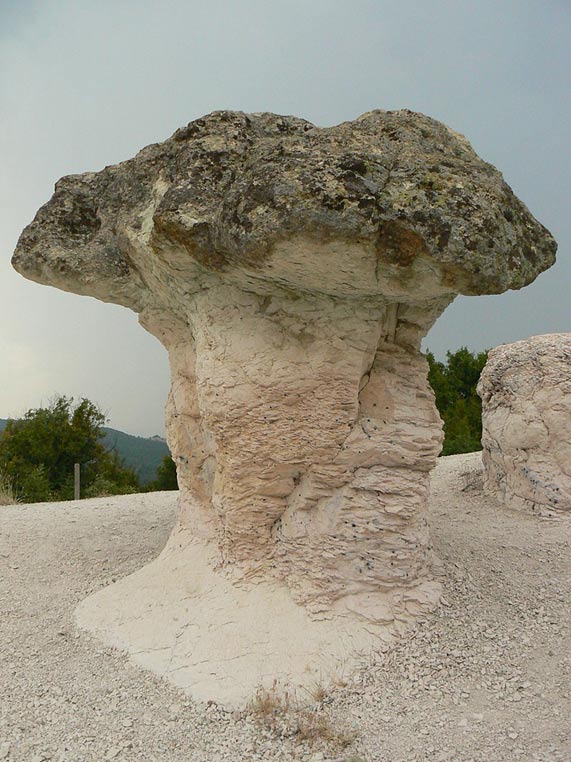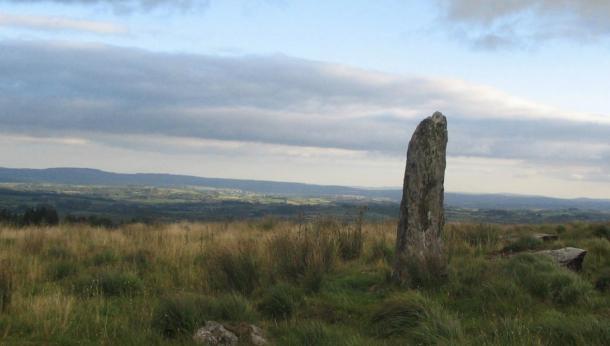

| Online: | |
| Visits: | |
| Stories: |

| Story Views | |
| Now: | |
| Last Hour: | |
| Last 24 Hours: | |
| Total: | |
Mushroom Monuments of Thrace and Ancient Sacred Rites

Throughout northeastern Greece, western Turkey, and Bulgaria, in the region known in antiquity as Macedonia, Anatolia, and Thrace, there are numerous megalithic natural rock formations that resemble mushrooms. In some cases, these structures have been modified by human intervention to increase their fungal likeness. In addition to these external features of the landscape, certain caves that served as sanctuaries present a fungal likeness in the configuration of their entrances—two adjacent openings with an overhanging rock configuration giving the impression of a stipe supporting a mushroom cap.

The Stone Mushrooms near Beli Plast Village, Bulgaria. (Public Domain)
Sacred Ritual Sites
The external megaliths (like the menhirs scattered throughout Europe and the British Isles) suggest phallic symbolic metaphors whose complement is the vulva lying beyond the cave’s entrance, combining to indicate a sacred marriage. Sometimes two adjacent mushroom megaliths combine, with the passageway through the space intervening at their base is interpreted in folkloric tradition as a rite of initiation and religious empowerment with solar implications.

www.Ancient-Origins.net – Reconstructing the story of humanity’s past
Source: http://www.ancient-origins.net/history-ancient-traditions/mushroom-monuments-thrace-and-ancient-sacred-rites-005267


